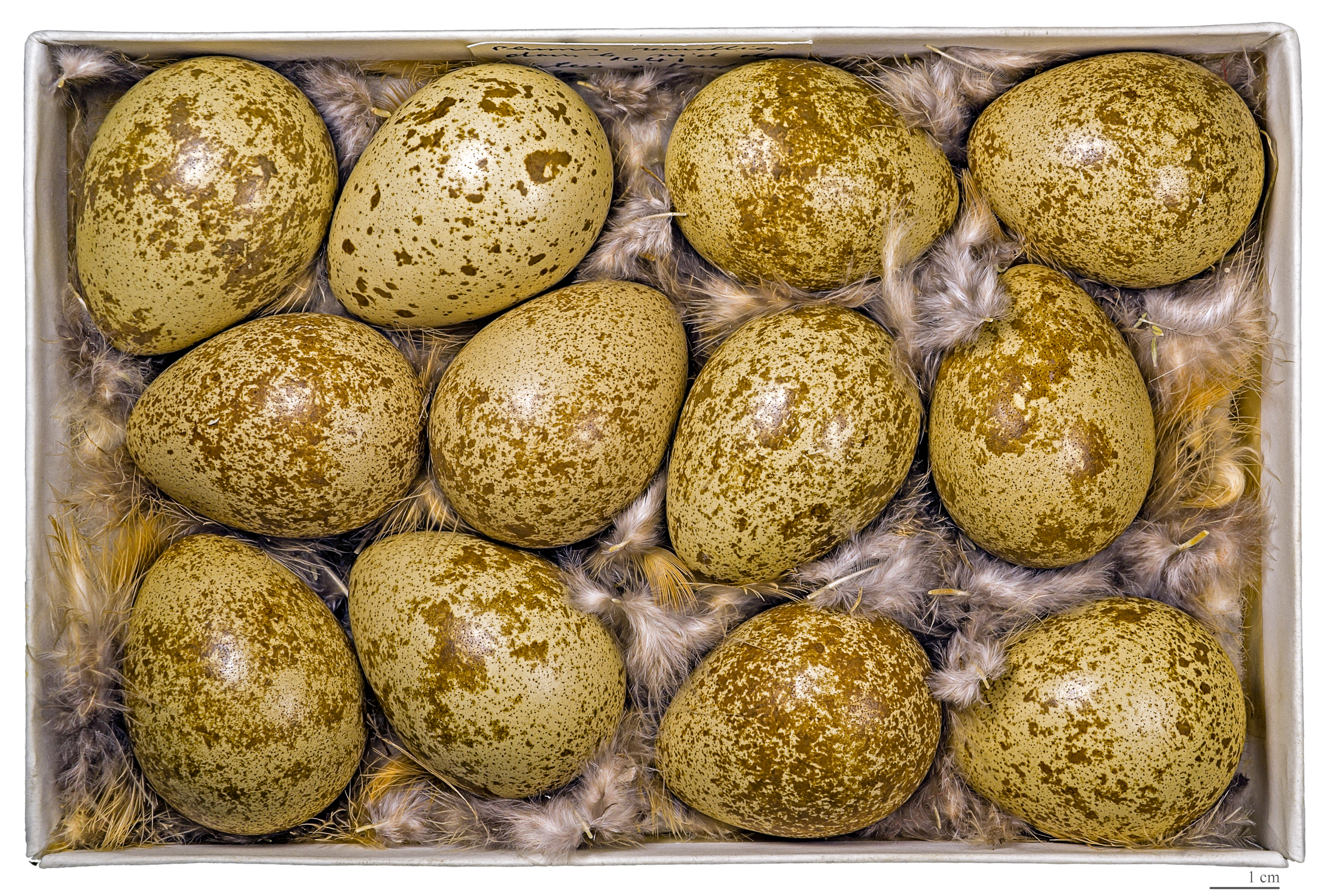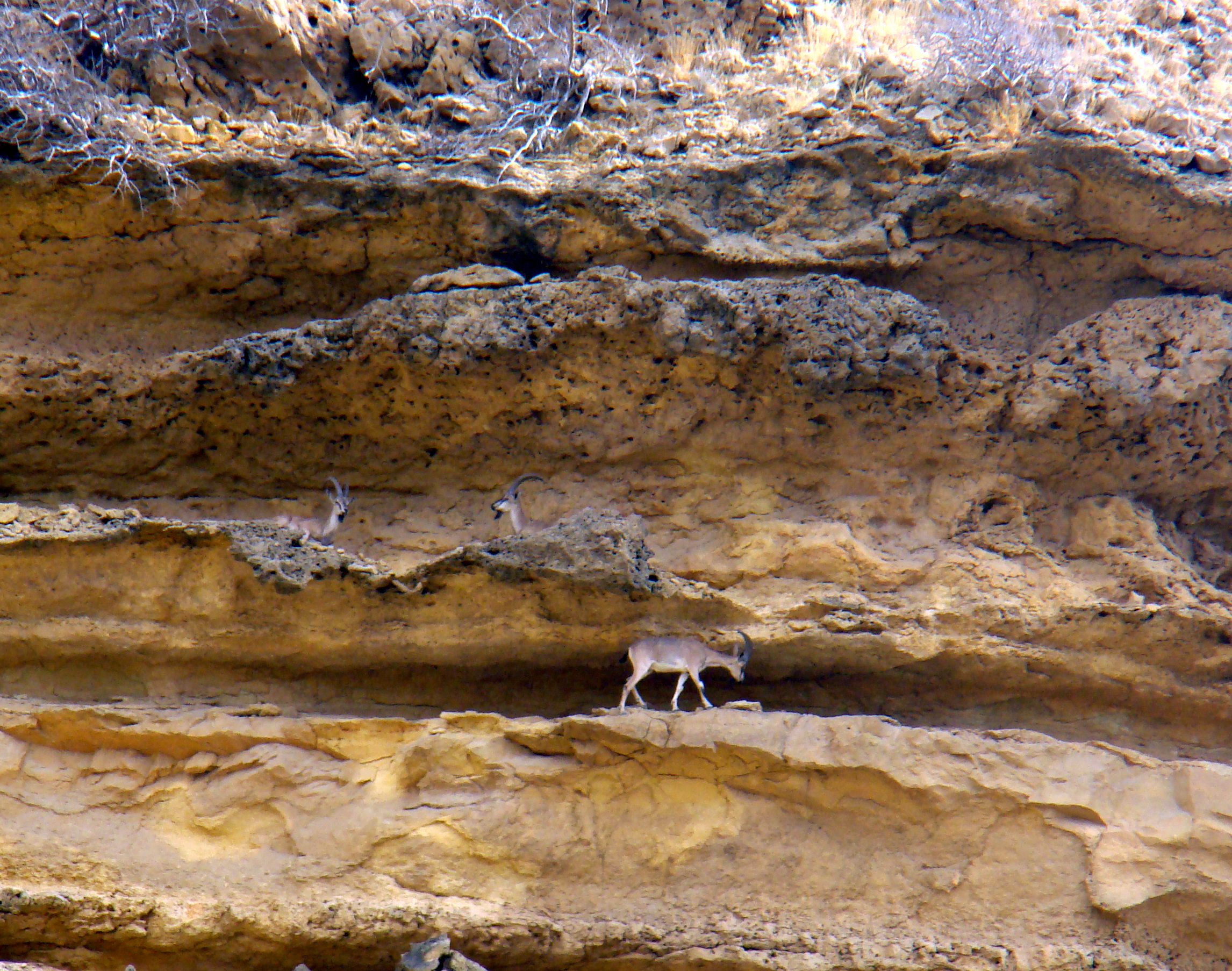|
Jilu
Jīlū was a district located in the Hakkari region of upper Mesopotamia in modern-day Turkey. Before 1915 Jīlū was home to Assyrians and as well as a minority of Kurds. There were 20 Assyrian villages in this district. The area was traditionally divided into Greater and Lesser Jīlū, and Ishtāzin - each with its own Malik, and consisting of a number of Assyrian villages. In the summer of 1915, during the Assyrian genocide, Jīlū was surrounded and attacked by Turkish troops and neighboring Kurdish tribes under the leadership of Agha Sūtū of Oramar. It is now located around Yeşiltaş, Yüksekova. After a brief struggle to maintain their positions, the Assyrian citizens of Jīlū were forced to flee to Salmas in Iran along with other refugees from the Hakkari highlands. Today their descendants live all over the world including Iraq, Syria, Iran, Lebanon, Russia, the United States, Canada, Australia and Europe. In Syria's al-Hasakah Governorate there are two villages, Tel ... [...More Info...] [...Related Items...] OR: [Wikipedia] [Google] [Baidu] |
Assyrian Genocide
The Sayfo or the Seyfo (; see below), also known as the Assyrian genocide, was the mass slaughter and deportation of Assyrian / Syriac Christians in southeastern Anatolia and Persia's Azerbaijan province by Ottoman forces and some Kurdish tribes during World War I. The Assyrians were divided into mutually antagonistic churches, including the Syriac Orthodox Church, the Church of the East, and the Chaldean Catholic Church. Before World War I, they lived in mountainous and remote areas of the Ottoman Empire (some of which were effectively stateless). The empire's nineteenth-century centralization efforts led to increased violence and danger for the Assyrians. Mass killing of Assyrian civilians began during the Ottoman occupation of Azerbaijan from January to May 1915, during which massacres were committed by Ottoman forces and pro-Ottoman Kurds. In Bitlis province, Ottoman troops returning from Persia joined local Kurdish tribes to massacre the local Christian population ( ... [...More Info...] [...Related Items...] OR: [Wikipedia] [Google] [Baidu] |
List Of Assyrian Tribes
The following is a list of Assyrian clans or tribes of northern Iraq, northeastern Syria, southeastern Turkey, and northwestern Iran. Tribes * Nerwa tribe * Albaq Tribe * Alqosh Tribe * Barwar Tribe * Baz tribe * Botan tribe * Chal Tribe * Diz Tribe * Bash-Kalah Tribe (practices Judaism) * Gawar Tribe * Halim Tribe * Jilu Tribe * Kasran Tribe * Kakov Tribe * Mar b'Ishu Tribe * Nochiya Tribe * Qodchanis Tribe * Taimar Tribe * Tkhuma Tribe ** Gunduktha ** Mazra * Tyari Tribe (Lower) ** Ashitha ** Bnematha **Biraul ** Lizen ** Minianish ** Mnelgipa ** Sulbag **Zawita ** Nouhara * Tyari Tribe (Upper) ** Banimatu ** Byalta ** Kelaita ** Lakina ** Romta ** Gérāmon ** Serspedo * Urmia Tribe ** Baradost **Margawar ** Salamas ** Somai **Tergawar ** Ushnuk * Walto Tribe * Tur Abdin ** Amnokiye Tribe ** Beth Haydo **Bet Shimun ** Urhaye, Bet Rhawi ** Melke Mire * Qalu Tribe Qaluy ( fa, قالوي, link=no), also rendered as Qalu, may refer to: * Qaluy Rasul Aqa * ... [...More Info...] [...Related Items...] OR: [Wikipedia] [Google] [Baidu] |
The Church Of St
''The'' () is a grammatical article in English, denoting persons or things already mentioned, under discussion, implied or otherwise presumed familiar to listeners, readers, or speakers. It is the definite article in English. ''The'' is the most frequently used word in the English language; studies and analyses of texts have found it to account for seven percent of all printed English-language words. It is derived from gendered articles in Old English which combined in Middle English and now has a single form used with pronouns of any gender. The word can be used with both singular and plural nouns, and with a noun that starts with any letter. This is different from many other languages, which have different forms of the definite article for different genders or numbers. Pronunciation In most dialects, "the" is pronounced as (with the voiced dental fricative followed by a schwa) when followed by a consonant sound, and as (homophone of pronoun ''thee'') when followed by a v ... [...More Info...] [...Related Items...] OR: [Wikipedia] [Google] [Baidu] |
Europe
Europe is a large peninsula conventionally considered a continent in its own right because of its great physical size and the weight of its history and traditions. Europe is also considered a Continent#Subcontinents, subcontinent of Eurasia and it is located entirely in the Northern Hemisphere and mostly in the Eastern Hemisphere. Comprising the westernmost peninsulas of Eurasia, it shares the continental landmass of Afro-Eurasia with both Africa and Asia. It is bordered by the Arctic Ocean to the north, the Atlantic Ocean to the west, the Mediterranean Sea to the south and Asia to the east. Europe is commonly considered to be Boundaries between the continents of Earth#Asia and Europe, separated from Asia by the drainage divide, watershed of the Ural Mountains, the Ural (river), Ural River, the Caspian Sea, the Greater Caucasus, the Black Sea and the waterways of the Turkish Straits. "Europe" (pp. 68–69); "Asia" (pp. 90–91): "A commonly accepted division between Asia and E ... [...More Info...] [...Related Items...] OR: [Wikipedia] [Google] [Baidu] |
Red-legged Partridge
The red-legged partridge (''Alectoris rufa'') is a gamebird in the pheasant family Phasianidae of the order Galliformes, gallinaceous birds. It is sometimes known as French partridge, to distinguish it from the English or grey partridge. The genus name is from Ancient Greek ''alektoris'' a farmyard chicken, and ''rufa'' is Latin for red or rufous. It is a rotund bird, with a light brown back, grey breast and buff belly. The face is white with a black gorget. It has rufous-streaked flanks and red legs. When disturbed, it prefers to run rather than fly, but if necessary it flies a short distance on rounded wings. This is a seed-eating species, but the young in particular take insects as an essential protein supply. The call is a three-syllable ''ka-chu-chu''. Habitat This partridge breeds naturally in southwestern Europe (France, Iberia and northwest Italy). It has become naturalised in flat areas of England and Wales, where it was introduced as a game species, and has been seen ... [...More Info...] [...Related Items...] OR: [Wikipedia] [Google] [Baidu] |
Ovis
''Ovis'' is a genus of mammals, part of the Caprinae subfamily of the ruminant family Bovidae. Its seven highly sociable species are known as sheep or ovines. Domestic sheep are members of the genus, and are thought to be descended from the wild mouflon of central and southwest Asia. Terminology Female sheep are called ''ewes'', males are called ''rams'' or less frequently ''bucks'' or ''tups'', neutered males are called ''wethers'', and young sheep are called ''lambs''. The adjective applying to sheep is ''ovine'', and the collective term for sheep is ''flock'' or ''mob''. The term ''herd'' is also occasionally used in this sense, generally for large flocks. Many specialist terms relating to domestic sheep are used. Characteristics Sheep are fairly small compared to other ungulates; in most species, adults weigh less than .Nowak, R. M. and J. L. Paradiso. 1983. ''Walker's Mammals of the World''. Baltimore, Maryland: The Johns Hopkins University Press. Males are usually heav ... [...More Info...] [...Related Items...] OR: [Wikipedia] [Google] [Baidu] |
Wild Goat
The wild goat (''Capra aegagrus'') is a wild goat species, inhabiting forests, shrublands and rocky areas ranging from Turkey and the Caucasus in the west to Turkmenistan, Afghanistan and Pakistan in the east. It has been listed as near threatened on the IUCN Red List and is threatened by destruction and degradation of habitat. It is one of the ancestors of the domestic goat (''C. hircus''). Taxonomy ''Capra aegagrus'' was the scientific name proposed by Johann Christian Polycarp Erxleben in 1777 for the wild goat populations of the Caucasus and Taurus Mountains. ''Capra blythi'' proposed by Allan Octavian Hume in 1874 were wild goat horns from Sindh. The following wild goat subspecies are considered valid taxa: *Bezoar ibex ''C. a. aegagrus'' *Sindh ibex ''C. a. blythi'' *Chiltan ibex ''C. a. chialtanensis'' *Turkmen wild goat ''C. a. turcmenica'' *''Capra aegagrus pictus'' The kri-kri was once thought to be a subspecies of the wild goat, but is now considered to be a feral d ... [...More Info...] [...Related Items...] OR: [Wikipedia] [Google] [Baidu] |
Chamois
The chamois (''Rupicapra rupicapra'') or Alpine chamois is a species of goat-antelope native to mountains in Europe, from west to east, including the Alps, the Dinarides, the Tatra and the Carpathian Mountains, the Balkan Mountains, the Rila–Rhodope massif, Pindus, the northeastern mountains of Turkey, and the Caucasus. The chamois has also been introduced to the South Island of New Zealand. Some subspecies of chamois are strictly protected in the EU under the European Habitats Directive. Names The English name comes from French . The latter is derived from Gaulish ''camox'' (attested in Latin, 5th century), itself perhaps borrowing from some Alpine language (Raetic, Ligurian). The Gaulish form also underlies German , , , Italian , Ladin . The usual pronunciation for the animal is or , approximating the French pronunciation . However, when referring to chamois leather, and in New Zealand often for the animal itself, it is , and sometimes spelt ''shammy'' or ''chamy'' ... [...More Info...] [...Related Items...] OR: [Wikipedia] [Google] [Baidu] |
Mosul
Mosul ( ar, الموصل, al-Mawṣil, ku, مووسڵ, translit=Mûsil, Turkish: ''Musul'', syr, ܡܘܨܠ, Māwṣil) is a major city in northern Iraq, serving as the capital of Nineveh Governorate. The city is considered the second largest city in Iraq in terms of population and area after the capital Baghdad, with a population of over 3.7 million. Mosul is approximately north of Baghdad on the Tigris river. The Mosul metropolitan area has grown from the old city on the western side to encompass substantial areas on both the "Left Bank" (east side) and the "Right Bank" (west side), as locals call the two riverbanks. Mosul encloses the ruins of the ancient Assyrian city of Nineveh on its east side. Mosul and its surroundings have an ethnically and religiously diverse population; a large majority of its population are Arabs, with Assyrians, Turkmens, and Kurds, and other, smaller ethnic minorities comprising the rest of the city's population. Sunni Islam is the largest r ... [...More Info...] [...Related Items...] OR: [Wikipedia] [Google] [Baidu] |
Taurus Mountains
The Taurus Mountains ( Turkish: ''Toros Dağları'' or ''Toroslar'') are a mountain complex in southern Turkey, separating the Mediterranean coastal region from the central Anatolian Plateau. The system extends along a curve from Lake Eğirdir in the west to the upper reaches of the Euphrates and Tigris rivers in the east. It is a part of the Alpide belt in Eurasia. Etymology The mountain range under the current name was mentioned in ''The Histories'' by Polybius as Ταῦρος (''Taûros''). Heinrich Kiepert writes in ''Lehrbuch der alten Geographie'' that the name was borrowed into Ancient Greek from the Semitic (Old Aramaic) root טורא ''ṭūrā'', meaning "mountain". Geography The Taurus mountains are divided into three chains from west to east as follows; * Western Taurus (Batı Toroslar) *Central Taurus (Orta Toroslar) *Southeastern Taurus (Güneydoğu Toroslar) Western Taurus The Western Taurus Mountains form an arc around the Gulf of Antalya. It includes th ... [...More Info...] [...Related Items...] OR: [Wikipedia] [Google] [Baidu] |


.png)



_Chamois.png)